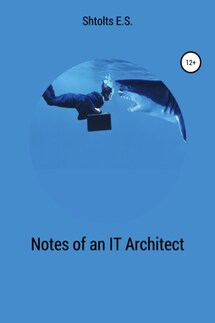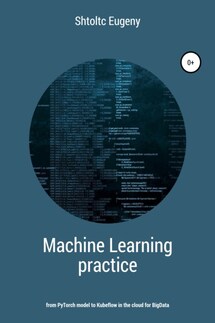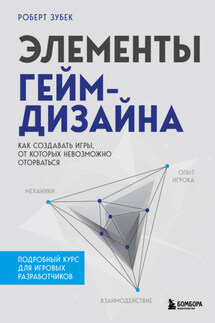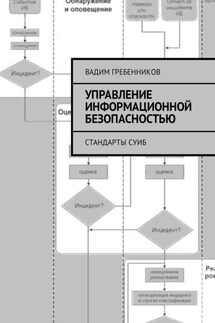Notes of an IT Architect - страница 6
** The storage layer is made up of storage devices. These devices can be specialized devices such as IBM DataPower or regular RAID with a control module. The data in it completely describes the state and is the result of work, and the previous layers are only needed to change and provide convenient access to users.
If necessary, other layers can be implemented, for example:
* information security layer implemented by the firewall;
* a layer of basic containers;
* layer of local fault tolerance (HA) using the example of the Kubernetes layer;
* containerization layer;
* virtualization layer;
* a layer of resilience to failures implemented by load balancers on different DataCenter.
In any case, the number of layers is standardized, those that differ are indicated, so that each layer belongs to a specific info-structural department and an operation department.
Let's pay more attention to the integration architecture, since this is the most critical layer for the architecture. In this layer, connections can be presented both in a graphical form (in the arrows on the diagrams between systems), and in a tabular form – in the form of a description of the supplier, consumer and contract (the supplier's obligations to the contractor). The arrows point from the supplier to the consumer, that is, in the direction of the integration flow, while the service modules are not indicated. Depending on whether the parameters are functional or non-functional, they will be described either by API or SLA. Also, depending on whether the connections are inside or from outside to inside and outside. The first type is more visual, and the second allows you to give more detailed characteristics.
The system itself can be integrated in different ways, such as:
* direct integration (communication via API point-to-point, advantages: minimum overhead, disadvantages: two-way revision of systems is required, complexity of change management, complexity of scaling, no reuse);
* using gateways (communication through the API of an integration layer, such as a queue with a firewall, advantages: minimum overhead, unified API, disadvantages: complexity of change management, complexity of scaling, no reuse);
* Enterprise data bus or enterprise service bus (ESB) provides asynchronous umbrella integration based on the principles of event and service approach (SOA, service-oriented architecture). The corporate data bus is able to flexibly route messages from one service to another. (advantages: unification, reusability due to SOA, replaceability of services due to SOA, disadvantages: an expensive solution in many applications, delivery time from tens of milliseconds);
* Service Mesh, like ESB, is umbrella, but applications do not need to integrate with it, since applications running in a containerized environment immediately receive integration. (microservices, advantage: minimum overhead, not noticeable for application developers);
* Integration file gateways and point-to-point file transfer (file overload). Point-to-point file transfer is the same point-to-point transfer, but it allows you to transfer large data in exchange for the transmission speed (advantage: it is possible to transfer very large amounts of data, high delivery guarantee, weak connectivity of integrated systems, greater control, broadcast mode, disadvantages: transmission speed, possibility of desynchronization, high security requirements). Communication protocols are CIFS (Common Internet File System), NFS (Network File System extends the local file system) and S3 (Simple Storage Service provides access to object storage such as Minio and Ceph) and transfer protocols HTTPS (HTTP + SSL), SFTP (SSH + SSL) and FTPS (FTP + SSL). From the point of view, records can be divided into block (disk) and object (writing to the key-value database: Bucket).








